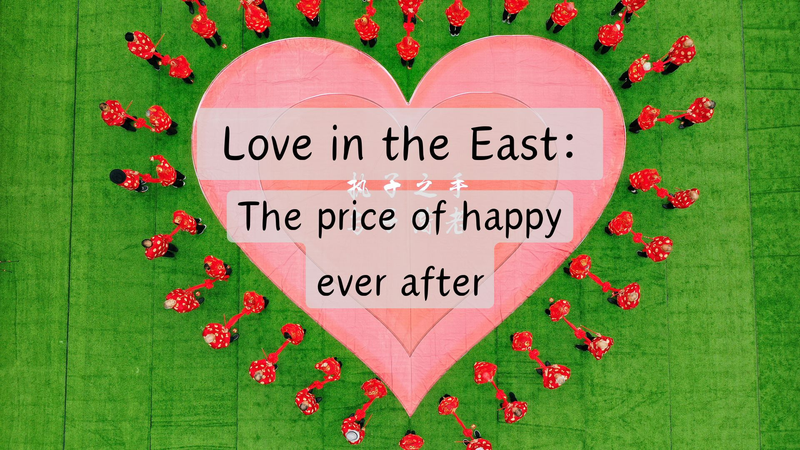Forget fairy-tale endings—when it comes to marriage in many cultures, love often comes with a price tag 🏷️. From lavish ceremonies to age-old traditions like China’s caili, tying the knot can feel more like a financial marathon than a romantic sprint.
When Tradition Meets Wallet
In China, the caili custom—where the groom’s family offers gifts or cash to the bride’s family—isn’t just about symbolism. Think luxury apartments 🏠, cars 🚗, or even stacks of cash 💵. While rooted in respect, this practice varies widely: rural areas might demand higher sums, while urban couples often blend tradition with modern practicality.
Beyond China: A Global Trend
Similar customs echo worldwide. In parts of Africa and the Arab world, bride prices remain a key part of marital negotiations. Even in Asia, countries like South Korea and India see families spending heavily on weddings, sometimes leading to debates about materialism vs. cultural pride.
Love in 2024: Rewriting the Rules?
Younger generations are pushing back. Social media buzzes with hashtags like #NoToDowry, while couples opt for minimalist weddings or crowdfund their big day. Still, balancing tradition and financial freedom remains a tightrope walk—especially when family expectations weigh in.
As one Beijing bride put it: ‘Love is priceless, but marriage? That’s a spreadsheet.’ 📊💘
Reference(s):
cgtn.com





